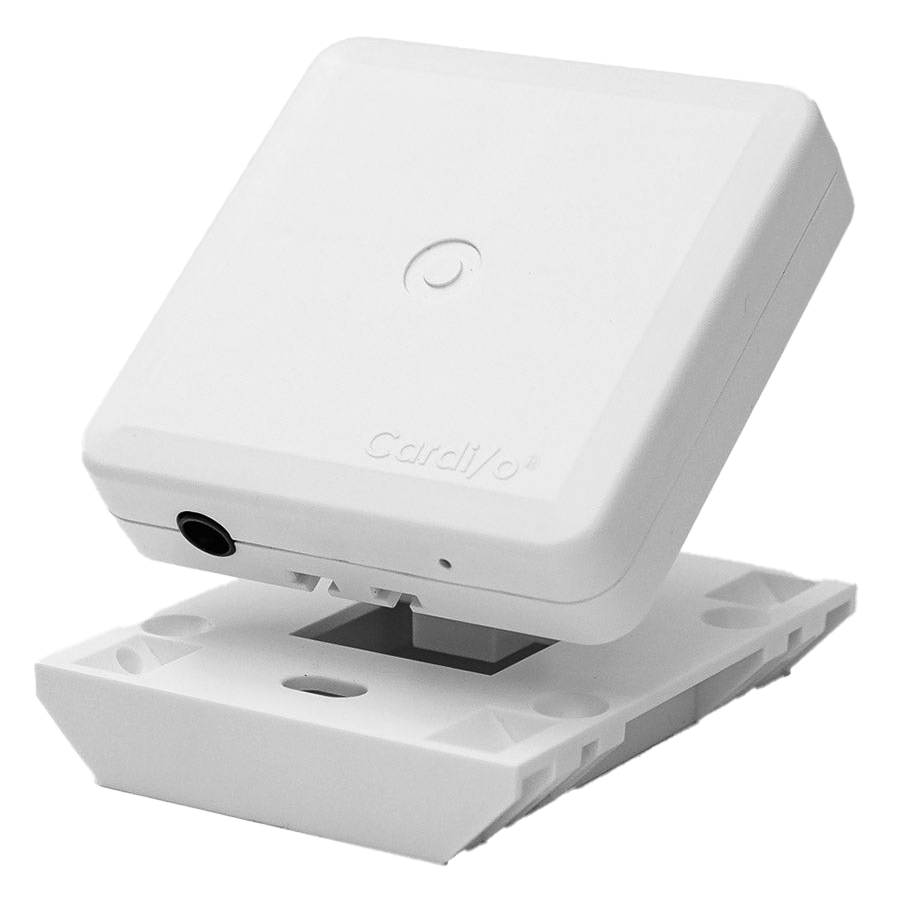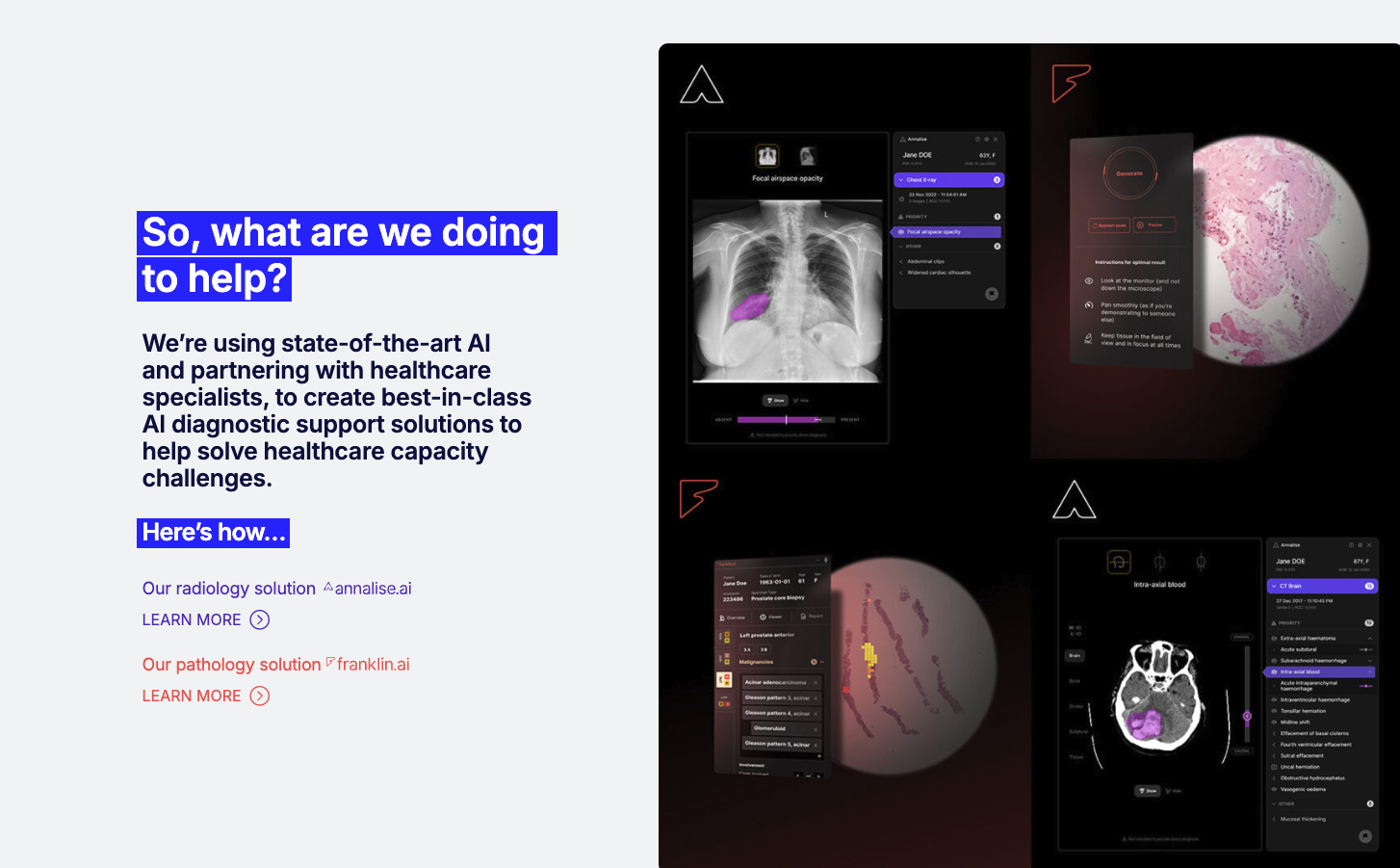Rock Health: U.S. Digital Health Funding Reaches $3B in Q1 2025
What You Should Know: – In the first quarter of 2025, U.S. digital health funding reached $3.0B across 122 deals with the average deal size rising from $15.5M in Q4 2024 to $24.4M in Q1 2025, according to the latest report from Rock Health. The Rock Health report reveals the funding landscape in Q1 2025 ... Read More


What You Should Know:
– In the first quarter of 2025, U.S. digital health funding reached $3.0B across 122 deals with the average deal size rising from $15.5M in Q4 2024 to $24.4M in Q1 2025, according to the latest report from Rock Health. The Rock Health report reveals the funding landscape in Q1 2025 continued to exhibit a “David and Goliath” scenario, with early-stage startups dominating deal count and larger companies or startups backed by major funders leading in significant funding rounds.
– Seed, Series A, and Series B rounds accounted for 83% of labeled deals, consistent with 2024 trends. Notably, Q1 2025 also saw several substantial early-stage rounds, including Achira’s $33M Seed, Open Evidence’s $75M Series A, and Hippocratic AI’s $141M Series B.
– A notable trend in Q1 2025 was the return of larger late-stage funding rounds.
Although only five raises were classified as Series D or later, three of these were megadeals (deals exceeding $100M): Innovaccer ($275M), Abridge ($250M), and Qventus ($105M). These large rounds drove the median Series D+ round size to $105 million, nearly double the $55M median in 2024 and the highest since 2021.
Leapfrogging Strategies in Digital Health
To thrive in the current environment, digital health companies are employing “leapfrogging” strategies, using market shifts to gain a competitive advantage. Rock Health highlights four common approaches have emerged:
- Tapestry Weaving: This involves strategic mergers and acquisitions (M&A) to integrate new features and capabilities into existing healthcare offerings. Q1 2025 saw a rise in M&A activity among digital health companies, with 67% of tracked deals involving digital health startups acquiring other digital health startups, compared to 53% in 2024. Examples include Hone Health’s acquisition of Ivee to expand into home health, H1’s acquisition of Ribbon Health to offer payer- and provider-facing products, and Hims & Hers’ acquisition of Trybe Labs to enhance personalized treatment through at-home testing. This strategy is favored when acquisition targets are more affordable, and acquirers have sufficient capital.
- Modular Tech Stacks: In the rapidly evolving landscape of AI, healthcare organizations are adopting modular tech stacks to ensure flexibility. This approach allows companies to easily swap out technology components as better or more cost-effective solutions become available. Companies like Ping An Health and Lumeris are utilizing modular tech stacks to integrate new AI models and adapt to changing technology.
- Channel Partnerships: New healthcare channels are forming through coordinated, multi-partner arrangements, connecting consumers with the right services at the right time. Companies like Eli Lilly, Amazon, and Teladoc are developing channel partnership initiatives to expand their reach. Digital health companies like Wheel and Huma are also offering direct-to-consumer channel access as a service. This strategy allows smaller companies to focus on consumer experience while larger players handle distribution.
- Engaging Disruptors: Some large healthcare companies are directly engaging with startup competitors. For example, Eli Lilly partnered with virtual care platform Ro to offer lower-cost access to GLP-1s, and Labcorp invested in Teal Health, a company developing at-home cervical cancer screening. This approach allows incumbents to navigate market evolution and potentially influence its direction.
For more information about the report, visit https://rockhealth.com/insights/q1-2025-market-overview-ready-set-leap/.































































































































![The breaking news round-up: Decagear launches today, Pimax announces new headsets, and more! [APRIL FOOL’S]](https://i0.wp.com/skarredghost.com/wp-content/uploads/2025/03/lawk_glasses_handson.jpg?fit=1366%2C1025&ssl=1)






















